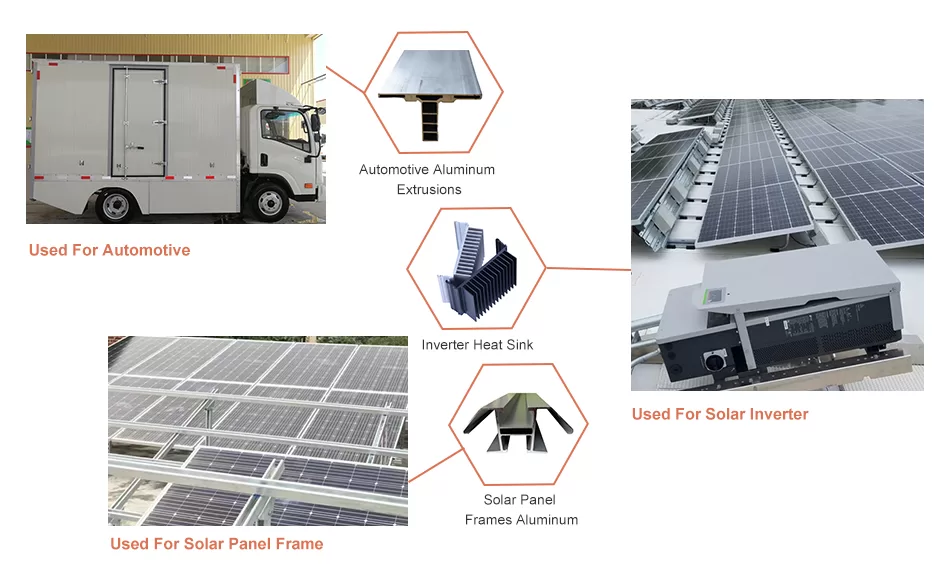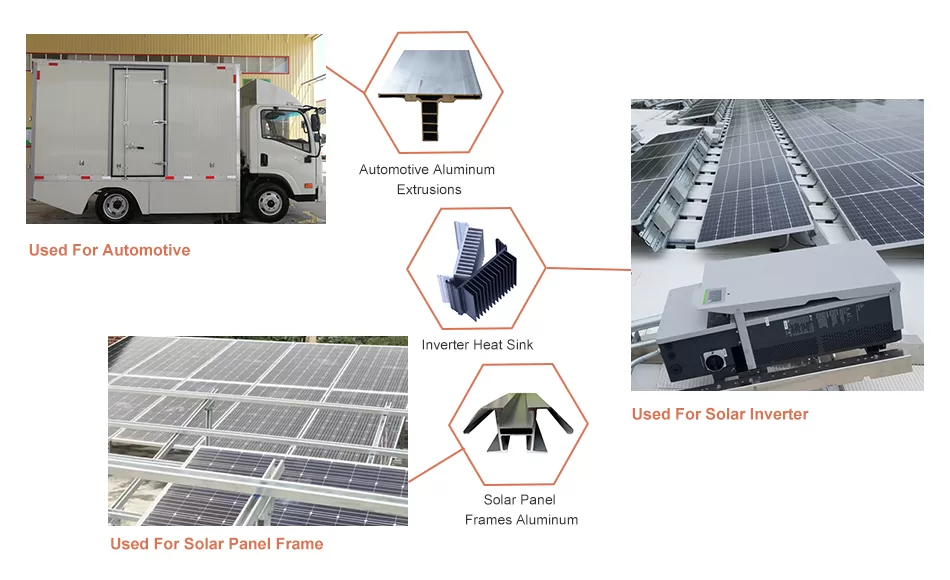The 6101 aluminium alloy is widely used in various industries, including aerospace, automotive, and construction, due to its exceptional strength, corrosion resistance, and weldability. Alloying elements play a crucial role in enhancing these properties, tailoring the material to specific applications. This article explores the impact of alloying elements on the properties of the 6101 aluminium alloy, providing insights into their behaviour and optimization strategies.
Magnesium
Magnesium is the primary alloying element in 6101 aluminium alloy, ranging from 0.8% to 1.2%. It contributes to solid solution strengthening, increasing the material’s strength and hardness. Additionally, magnesium enhances corrosion resistance by forming a protective oxide layer on the alloy’s surface. However, excessive magnesium content can lead to grain coarsening and reduced workability.
Silicon
Silicon content in 6101 aluminium alloy typically varies between 0.4% and 0.8%. It primarily serves as a hardening agent, strengthening the alloy through solute strengthening and intermetallic compound formation. Silicon also improves the alloy’s weldability, reducing the risk of hot cracking. However, high silicon levels can impair ductility and fracture toughness.
Copper
Copper is an alloying element present in small amounts, ranging from 0.04% to 0.15% in 6101 aluminium alloy. It contributes to solid solution strengthening and age hardening, further increasing the alloy’s strength. Copper also enhances electrical conductivity, making the alloy suitable for electrical applications. However, excessive copper content can reduce corrosion resistance and increase the alloy’s susceptibility to stress corrosion cracking.
Iron
Iron is an impurity in 6101 aluminium alloy that can have detrimental effects on its properties. Iron content should be kept below 0.7% to avoid grain boundary precipitation, which reduces the alloy’s strength and toughness. However, small amounts of iron can improve the alloy’s wear resistance and machinability.
Manganese
Manganese is another trace element found in 6101 aluminium alloy, typically ranging from 0.03% to 0.08%. It assists in grain refinement, improving the alloy’s strength and ductility. Manganese also enhances corrosion resistance, particularly in marine environments. However, excessive manganese content can lead to reduced weldability.
Conclusion
Alloying elements play a vital role in tailoring the properties of 6101 aluminium alloy, optimizing its performance for various applications. Magnesium, silicon, copper, iron, and manganese interact synergistically to enhance strength, corrosion resistance, weldability, and other desirable characteristics. Understanding the impact of these alloying elements is crucial for effective material selection and alloy design to achieve the desired properties in aluminium alloys.




